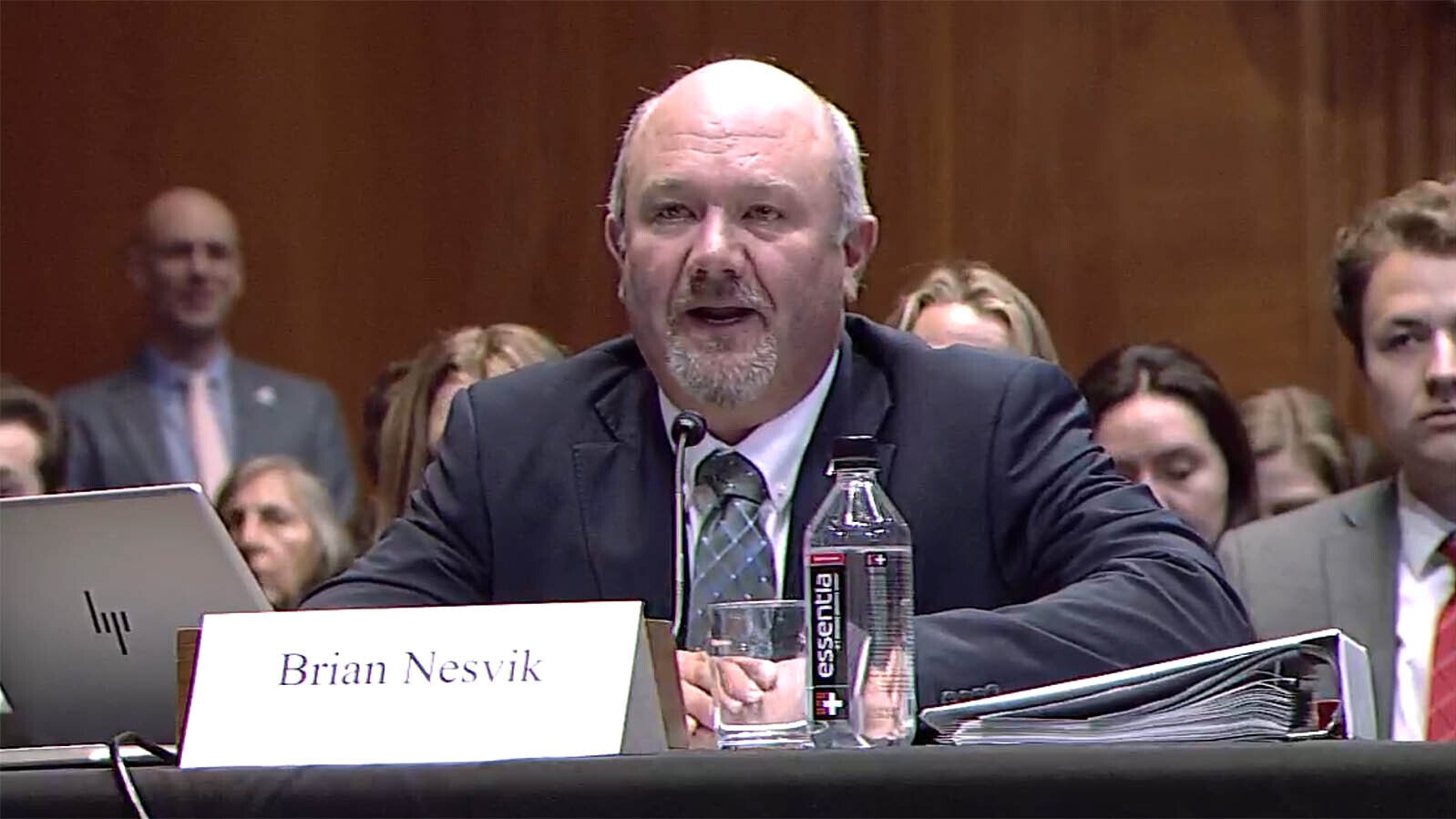The name for Wyoming’s famous Killpecker Sand Dunes might have originated with a soldier’s warning that the water there could have an undesirable effect upon a certain part of the male anatomy.
Or put more bluntly, the name for one of Wyoming’s premier geographical features about 45 minutes from Rock Springs might be a crass reference to erectile dysfunction.
While the name might be funny to some, its origins are rooted in a terrible event, the Rock Springs Massacre.
In the 1880s, tensions had been growing between white European immigrant miners and Chinese immigrant miners. The white miners were convinced that the Chinese were taking their jobs, according to historical accounts.
Things came to a head Sept. 2, 1885, when some Chinese miners were told to go into a particular mine ahead of some white miners. But the white miners thought the job was earmarked for them, Rock Springs native John Vase told Cowboy State Daily.
The festering bitterness between the groups exploded into violence.
When it was over, 28 Chinese immigrants had been killed and another 15 injured. Rioters also burned 78 Chinese homes.
With the potential for more violence in the air, Army troops were brought in to keep the peace, and a group of soldiers was assigned to guard a mine entrance near a certain creek.
About That Name
That’s what led to the alleged “kill your pecker” statement that has echoed through time to this very day, Vase said.
As far as he knows, there was never any official verification of the origin story, he said. But the tale was passed to him through a highly respected source, the late Charles Love, who was a longtime professor of anthropology at Western Wyoming College.
The tale is straightforward. At some point somebody, either one of the soldiers or somebody who was passing by, expressed that they were thirsty and suggested drinking from the creek.
One of the soldiers snapped back, “Don’t drink the water, it’ll kill your pecker.”
“So, it became known as Killpecker Creek,” Vase said. “And the sand dunes it flows from became the Greater Killpecker Sand Dunes.”
Saltpeter Fears
The 1880s soldiers were apparently concerned that the chemicals in the creek would mimic the effects of saltpeter.
Saltpeter is the common term for potassium nitrate compound that was added to military food supplies as a preservative.
It also was rumored to have been added to the chow to “quell the sexual desires of soldiers in foreign lands,” Vase said, adding that the naturally occurring chemicals in Killpecker Creek are similar to those in saltpeter.
“There’s a lot of alkali out there, which contains potassium chloride and saline, and other minerals that imitate saltpeter,” he said.
Whether those compounds have any effect on male sexual performance has been debated over time. But according to the Office for Science and Society at McGill University, the compound “has no effect on carnal urges.”
American servicemen worried about saltpeter inhibiting them from being able to stand at attention as far back as the Revolutionary War, according to the Military Times.
That story shared by servicemen that saltpeter was added to their food “is a total myth,” McGill University reports.
A Beautiful Place Nonetheless
Regardless of whether the Killpecker origin story is a hard fact or not, it’s an enchanting place.
For many years, Vase ran Killpecker Tours out of Rock Springs, taking visitors out to gawk at the sand dunes, mustangs and other natural wonders of the desert.
One of those is a huge 400-foot snaggle tooth rock that juts out from the dunes called Boar’s Tooth.
Vase has also spent plenty of time on his own out there. For those lucky enough to draw an elk tag for that hunt area, the Killpecker region is great for hunting.
It’s dotted with ponds, which come from snow trapped under the ever-shifting dunes, he said.
He recalled being out in a spot overlooking the dunes before dawn one day while hunting elk. He saw what the thought were headlights from numerous approaching vehicles, but then realized it was the waning moonlight reflecting off the countless ponds scattered throughout the dunes.
“It looked like diamonds out there. It was the most serene, spiritual thing I’ve seen in my life,” Vase said.
The ponds are separate from the creek. Vase said he has no qualms about drinking water from them, after he’s run it through a portable water filter he keeps in his backpack.
The male elk, pronghorn and other critters that drink from the ponds obviously have no problem performing the reproductive act, as evidenced by the ample numbers of young running about every spring.
As for Killpecker Creek, Vase said that’s too brackish to drink, even with a filter, so he’s never touched it.
He also said he doesn’t know of anybody who has tried the water and put its supposed joy-killing effects to the test.
Relating the story of how Killpecker supposedly got its name always gets a chuckle from visitors, Vase said.
“They think it’s cute. They just chuckle,” he said. “How else could it have gotten that name? I don’t know.”
Mark Heinz can be reached at mark@cowboystatedaily.com.









